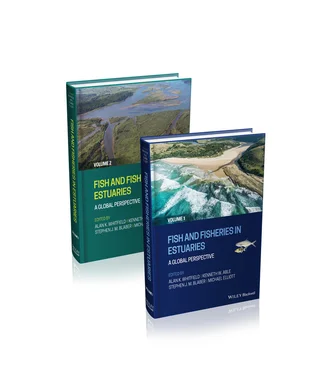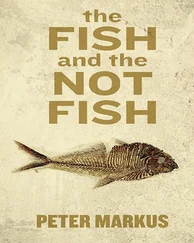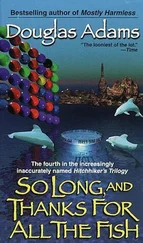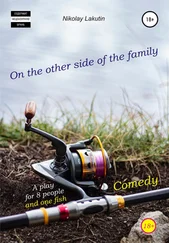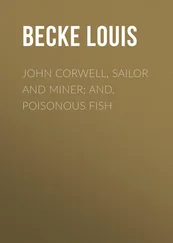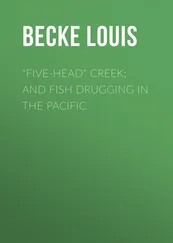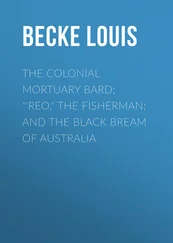1 Cover
2 Volume I Volume I
Series Page
Title Page
Copyright Page Dedication Page List of Contributors Preface Acknowledgements Chapter 1: Introduction 1.1 Scope of the book 1.2 Reasons why this synthesis is important 1.3 Estuary definition and types 1.4 Chapter descriptions 1.5 Conclusions 1.6 References Chapter 2: Fish Assemblages and Functional Groups 2.1 Introduction 2.2 Zoogeography, salinity and estuarine fish assemblages 2.3 Estuarine typology and fish assemblages 2.4 Fish guilds and functional groups 2.5 Do functional groups drive fish assemblage structure? 2.6 Fish functional groups and guild analyses 2.7 Acknowledgements 2.8 References Chapter 3: Reproduction, Ontogeny and Recruitment 3.1 Introduction 3.2 Estuarine support of reproduction and recruitment 3.3 Early‐life stages and recruitment dynamics 3.4 Adults and recruitment 3.5 Threats to reproduction and recruitment in estuaries 3.6 Case studies 3.7 Summary and conclusions 3.8 Acknowledgements 3.9 References Chapter 4: Habitat Use and Connectivity 4.1 Introduction 4.2 Habitat diversity 4.3 Geomorphological and hydrological variables 4.4 Physico‐chemical variables 4.5 Dynamics of juvenile habitat use 4.6 Adult habitat use 4.7 Habitat fidelity by juveniles and adult fishes 4.8 Ecological context 4.9 Connectivity between estuarine, freshwater and marine ecosystems 4.10 Conclusions 4.11 Acknowledgements 4.12 References Chapter 5: Feeding Ecology and Trophic Dynamics 5.1 Introduction 5.2 Fish foraging behaviour and food intake 5.3 Factors influencing feeding ecology 5.4 Ecotrophomorphology 5.5 Trophic categorization 5.6 Competition, resource partitioning, energy flow and connectivity 5.7 FishBase approach to Functional Feeding Groups 5.8 Fish food sources in estuaries 5.9 Food web complexity 5.10 Predators of fish in estuaries 5.11 Effects of natural and anthropogenic perturbations on food webs 5.12 Acknowledgements 5.13 References Chapter 6: Fishes and Estuarine Environmental Health 6.1 Estuarine environmental health: concepts, definitions and assessment 6.2 Anthropogenic pressures impacting estuarine fish assemblages 6.3 Fish biomarkers responding to human pressures 6.4 Fishes as biological indicators 6.5 Main methodological approaches to assess estuarine health using fish as indicators 6.6 Environmental health fish‐based indices 6.7 Disentangling fish responses in the multi‐stress context of global changes 6.8 Future research directions 6.9 References Chapter 7: Climate Change and Fishes in Estuaries 7.1 Introduction 7.2 Global, regional and local patterns 7.3 Potential impacts of environmental/climate stressors on estuarine fish 7.4 Climate change and fisheries in estuaries 7.5 Case studies 7.6 Gaps in knowledge and future research directions 7.7 Acknowledgements 7.8 References Chapter 8: Estuarine Degradation and Rehabilitation 8.1 Introduction 8.2 Estuarine restoration and habitat creation 8.3 Current practices 8.4 Ecological engineering 8.5 Contribution of modelling tools to more process‐based restoration objectives 8.6 Why modelling processes? 8.7 Modelling tools 8.8 Life‐cycle modelling 8.9 Food web modelling 8.10 The path to effective ecological restoration 8.11 From theory to practice 8.12 Concluding comments 8.13 Acknowledgements 8.14 References
3 Volume II Title Page Copyright Page Dedication Page List of Contributors Preface Acknowledgements Chapter 9: Estuarine Fisheries 9.1 Introduction 9.2 Estuarine fishery sectors 9.3 Problems and issues in estuarine fisheries 9.4 Fishery yields 9.5 Estuarine fisheries: a selection of case studies 9.6 The main fishery species in Europe and North America 9.7 Connectivity 9.8 Concluding remarks 9.9 Acknowledgements 9.10 References Chapter 10: Conservation of Estuarine Fishes 10.1 Introduction 10.2 Analysis of threats to estuarine fish conservation 10.3 Conservation interventions and instruments 10.4 Threatened species and extinction risk: some case studies 10.5 Current and future challenges 10.6 Conclusions 10.7 Acknowledgements and dedication 10.8 References Chapter 11: Non‐native Fishes in Estuaries 11.1 Introduction 11.2 What conditions favor non‐native species in estuaries? 11.3 What are the characteristics of successful non‐native estuarine fishes? 11.4 Do non‐native species become integrated into the biota of estuaries? 11.5 How should non‐native species in estuaries be managed? 11.6 How do non‐native fishes fit into estuarine ecosystems? 11.7 Conclusions 11.8 Acknowledgements 11.9 References Chapter 12: Management of Fishes and Fisheries in Estuaries 12.1 Introduction 12.2 Management background, aims and philosophies 12.3 Management of activities and habitats, monitoring and surveillance 12.4 Management approaches at whole catchment and estuary level 12.5 Management of species and stocks/fisheries 12.6 Administrative and legal aspects of managing estuarine fish ecology and fisheries 12.7 Main messages and recommendations for management 12.8 Future research into management methods 12.9 Acknowledgements 12.10 References Chapter 13: Fish and Fisheries in Estuaries 13.1 Introduction – changing estuarine landscapes: habitats, research and society 13.2 What fishes are in estuaries and why? 13.3 Estuarine fish recruitment and habitats – connectivity across space and time 13.4 How much do we really understand about the role of fish in an estuarine food web? 13.5 Fishes – good indicators of estuarine environmental change? 13.6 Climate change and habitat degradation – a double whammy for fish in estuaries? 13.7 Estuarine species are invading and shifting their distributions 13.8 The importance and future of fisheries in estuaries – estuarine goods and benefits? 13.9 Estuarine fish conservation for the future 13.10 Restoring and managing estuaries for fish, fisheries and habitats 13.11 Science‐for‐policy and policy‐for‐science – the current and future role of estuarine ichthyologists? 13.12 Fish and fisheries research in estuaries – the way forward 13.13 Acknowledgements 13.14 References
4 Appendix A: Study Methods A.1 Introduction A.2 Sampling methods A.3 Factors influencing the design of fish monitoring programmes A.4 Acknowledgements References
5 Appendix B: Study Methods B.1 Introduction B.2 Individual level B.3 Population level B.4 Community level B.5 General analysis methods and the role of models B.6 Precision versus accuracy – Analytical Quality Control/Quality Assurance B.7 Concluding comments B.8 Acknowledgements References
6 Taxonomic Index
7 Geographical Index
8 Subject Index
9 End User License Agreement
1 Chapter 1 Table 1.1 Geographic divisions, salinity ranges and zones (Venice System) and the...
2 Chapter 2 Table 2.1 Number of fish species from five ecological guilds (DA = diadromous, FW... Table 2.2 Estuarine Usage Functional Group (EUFG) (modified from Potter et al. 20... Table 2.3 Feeding Mode Functional Group (FMFG) (modified from Elliott et al. 2007... Table 2.4 Reproductive Mode Functional Group (RMFG) (modified from Elliott et al....
3 Chapter 3 Table 3.1 Representative reproductive characteristics of estuarine fishes by broa... Table 3.2 Stage‐specific mortality rates and abundances at the onset of stage for...
4 Chapter 4 Table 4.1 Variation in habitat use relative to the salinity gradient in the Colum...
5 Chapter 5Table 5.1 Percentage frequency of occurrence of food items in the diet of Rh ...Table 5.2 Simplified Functional Feeding Groups (and identified sub‐groups) ...Table 5.3 Classification of important food chains involving fish in estuarie...Table 5.4 The percentage contribution of fish species to each trophic categ...
6 Chapter 6Table 6.1 Main steps in the construction of a health/ecological quality fish‐base...Table 6.2 Fish‐based indices used in ecological quality assessments of estuaries...Table 6.3 Examples of eco‐trophic guilds and functional guilds used to classify e...
Читать дальше
